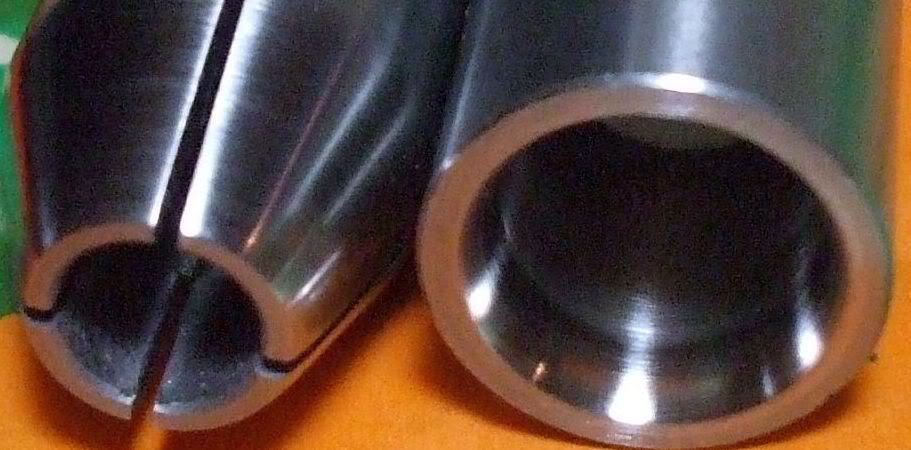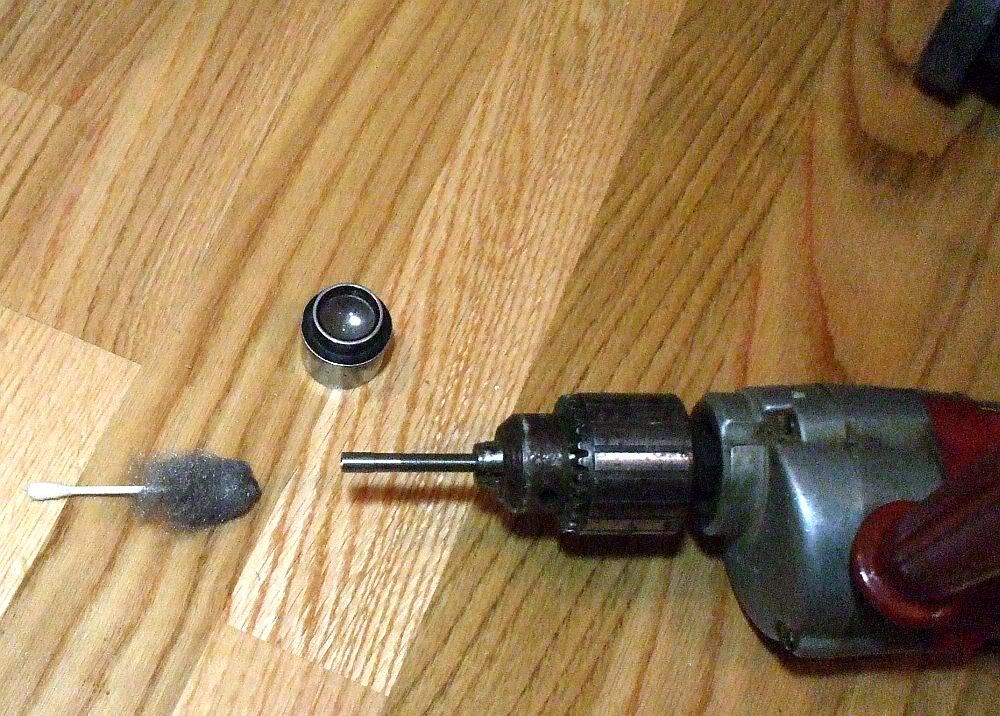Hey Guys!
Im just starting to get everything I need to reload .308 for precision shooting. Just so you know, I will be using a forster co-ax single stage press.
Now my question is, to get the best performance from your rounds, is it wise to use the DIES from the company that makes the press you are using? From what I read, it seems REDDING Competition DIES is a top notch maker for their DIES. But I have also read good things about RCBS Competition DIES.
Any help, ideas, or suggestions is welcomed.
Im just starting to get everything I need to reload .308 for precision shooting. Just so you know, I will be using a forster co-ax single stage press.
Now my question is, to get the best performance from your rounds, is it wise to use the DIES from the company that makes the press you are using? From what I read, it seems REDDING Competition DIES is a top notch maker for their DIES. But I have also read good things about RCBS Competition DIES.
Any help, ideas, or suggestions is welcomed.




